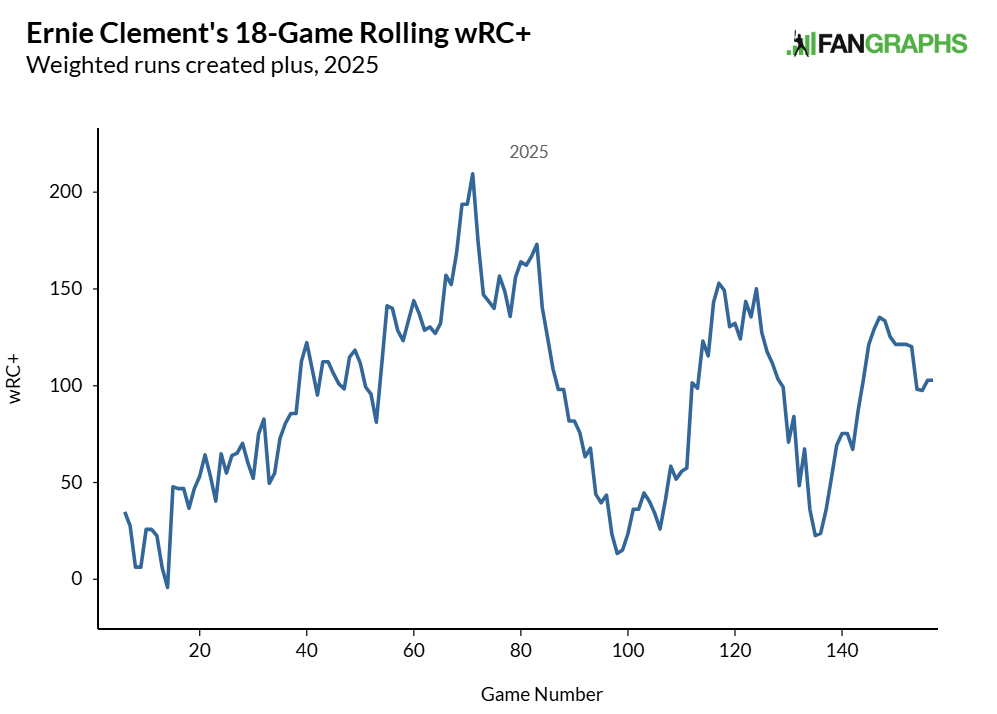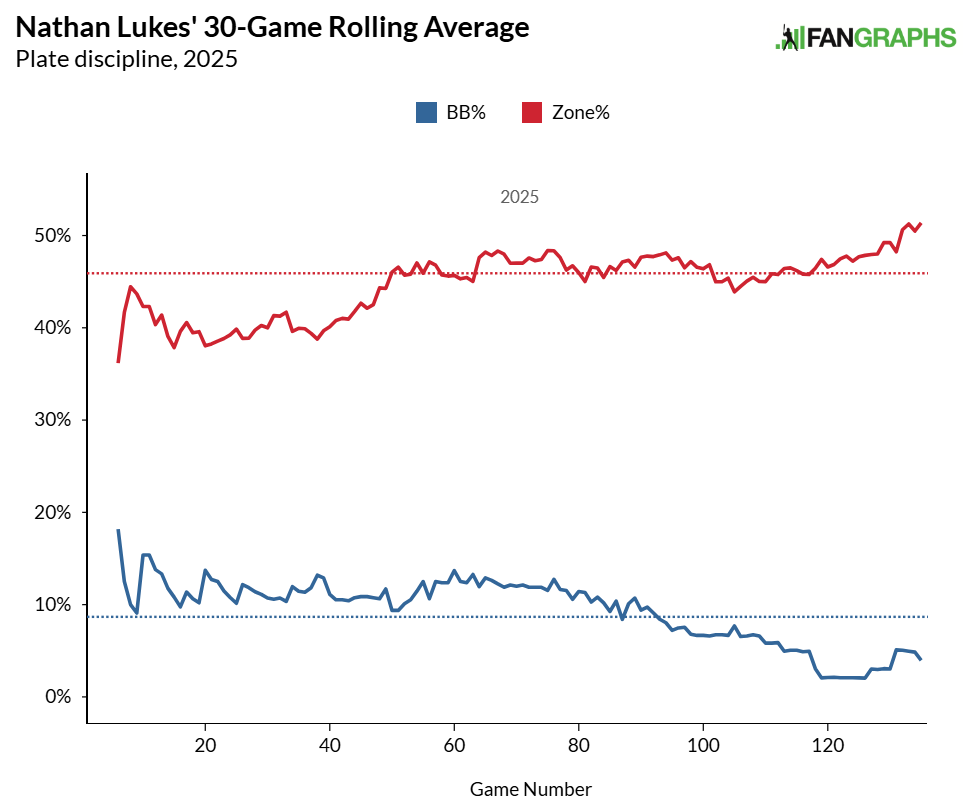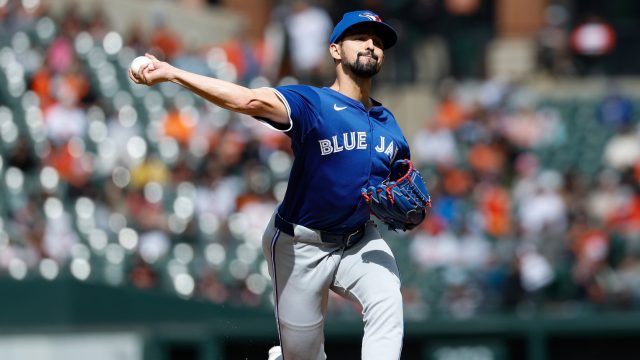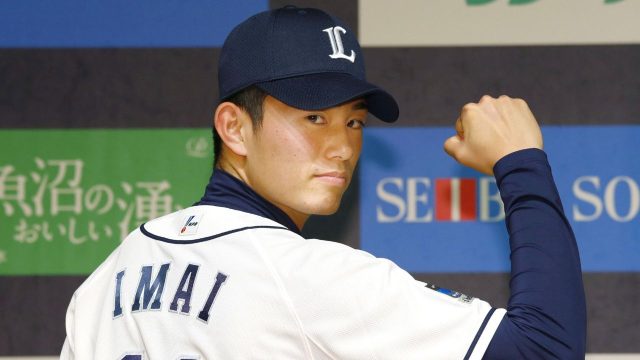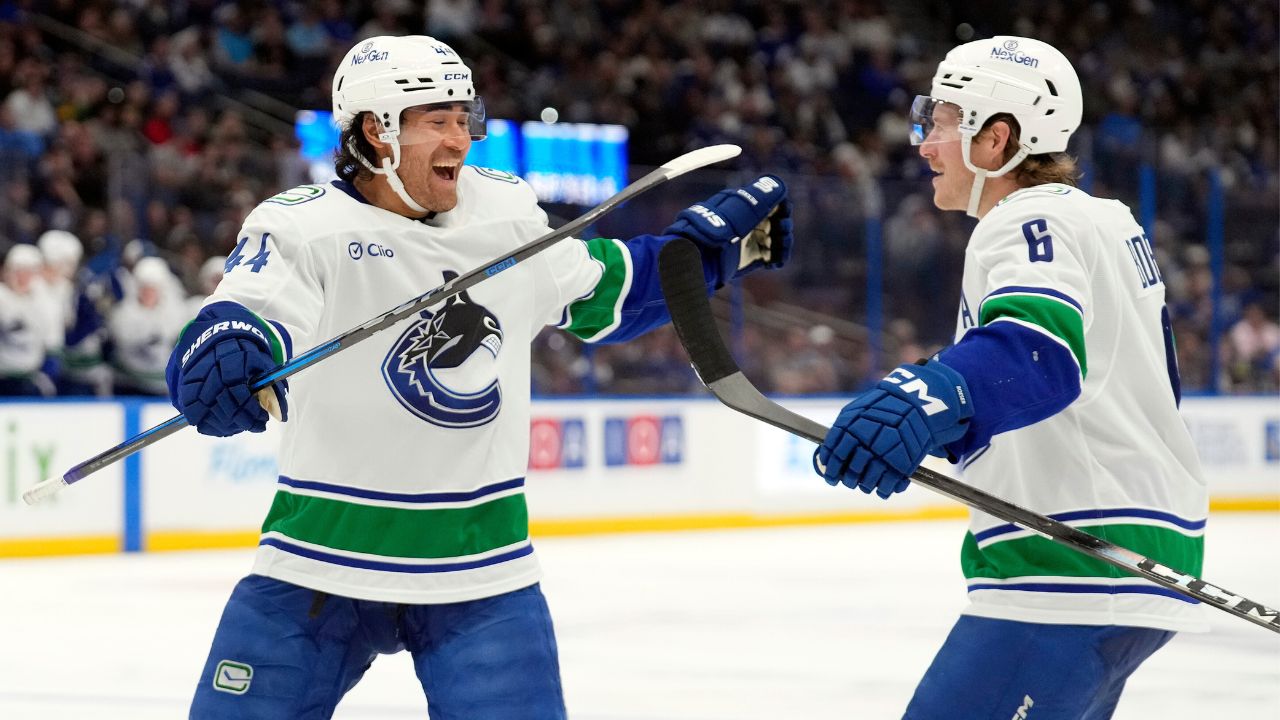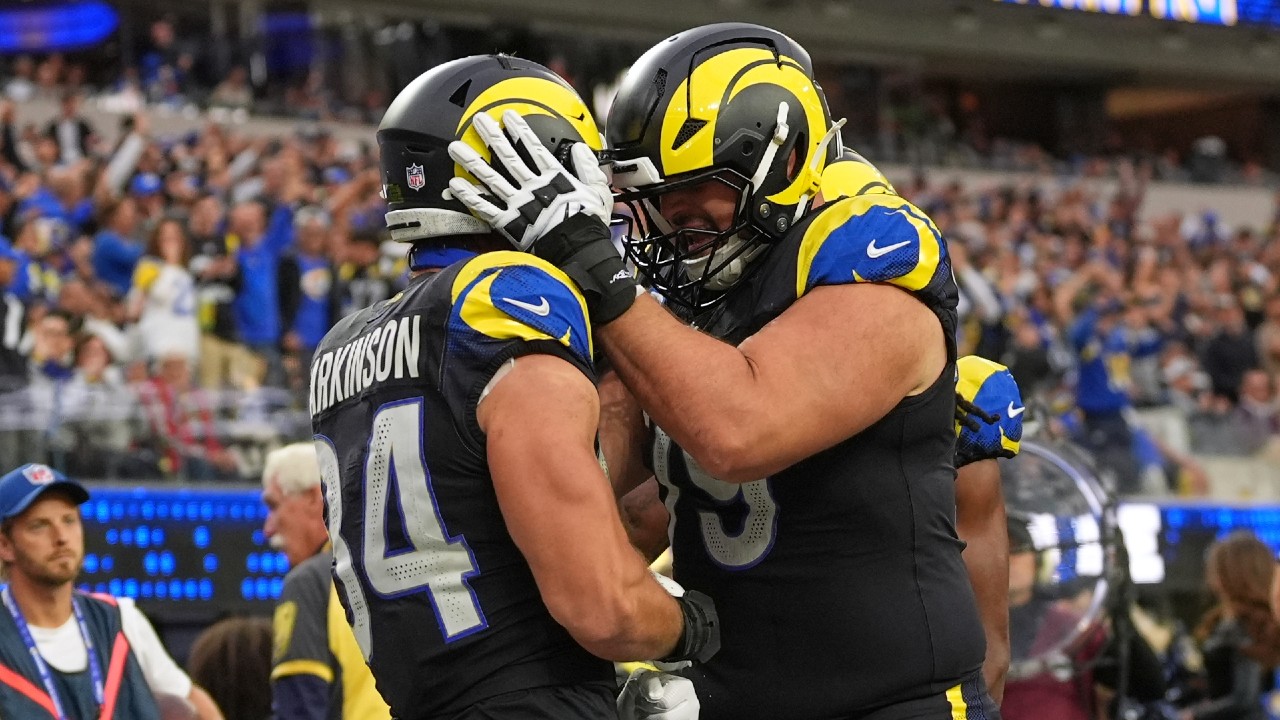
A World Series run — even one that falls short — can conveys several advantages.
It can provide a financial, boost brand equity that can help expand a fanbase or even lure big-ticket free agents.
One of the least exciting — but potentially most important — upsides to a lengthy playoff journey is that it provides a team with an opportunity to better evaluate the players within its organization so it can plan for the future accordingly.
Not only did the 2025 Toronto Blue Jays play 10.5 per cent more games than teams that missed the post-season, but in that period, the team got to see how its players fared against the best competition in the majors, with the most possible pressure. That is meagre consolation weighed against the disappointment of falling short of a title, but it has value as Toronto navigates the off-season ahead and tries to finish the work it came so close to completing this year.
In some cases, what the team learns isn’t particularly actionable.
For instance, the Blue Jays probably feel better about the contract they gave Vladimir Guerrero Jr. today than they did at the end of September. They wouldn’t have given Vladdy the hefty contract he received if they thought he was incapable of the kind of greatness he displayed in the playoffs, but there is a difference between believing something and seeing it firsthand. At the same time, even if Guerrero had performed awfully in the playoffs, he’d still project to be the team’s first baseman for the foreseeable future.
In other instances, the playoff run gave the Blue Jays information that will be of use as they build their roster for 2026 and beyond. Here are a few examples:
Ernie Clement is an everyday player. Period.
Clement producing 5.3 fWAR over the past two regular seasons combined was a pretty good indication that he can thrive in an everyday role. At the same time, he entered the playoffs with a 75 wRC+ against right-handed pitching in 401 plate appearances during the regular season.
Even the biggest Clement pessimist wouldn’t have proposed that the utility man be relegated exclusively to the short side of a platoon, but it was reasonable to ask whether there might be a way to shelter him from some tough right-handers and play him in closer to 110 or 120 games as opposed to the 157 he logged in the regular season — the highest number among all Blue Jays.
Clement’s .411/.416/.582 line in the playoffs changes the conversation a little bit. Nothing the 29-year-old did in the playoffs was completely out of character; he still just hit one home run and drew one walk, relying heavily on his balls in play to land outside the reach of fielders. He also didn’t become a Statcast darling, collecting an MLB record 30 playoff hits without the benefit of a single barrel. His 171 wRC+ in an 18-game span wasn’t even his best effort of 2025, as he got hotter in late June:
Still, the fact that Clement did so well against top competition is notable, and he hit .407/.421/.537 against right-handers with an almost equal expected line (.385/.411/.514).
Clement’s excellent glove gives him a high floor, and his October run is enough to hammer home the idea that he isn’t hopeless against right-handers. As long as that’s the case, there’s no need to think of him as anything but a lineup mainstay in every matchup.
Nathan Lukes is better suited to a complementary role
Lukes is a fantastic story who delivers workmanlike at-bats and has a knack for spectacular defensive highlights. He is, without question, a good player.
At the same time, what he delivered out of the No. 2 spot in the lineup in the post-season simply wasn’t enough, even with a couple notable run-scoring knocks. His .274/.328/.339 line doesn’t look horrendous at first blush, but the .339 SLG brings the wRC+ down to 90, which is well below what’s expected for a corner outfielder — and also almost identical to his 89 in the second half of the regular season when he hit .237/.276/.415.
The way Lukes struggled at times in the post-season was notable, too, as he simply couldn’t hand top-notch velocity, managing a .111 average against them without an extra-base hit. He did OK against that velo in the regular season (.696 OPS), but it’s fair to worry about him against elite heat and southpaws.
Lukes had a solid 2025 (1.8 fWAR), but his uninspiring offensive post-season reinforces the difficulty he’s been facing for years. It’s tough to make your mark as a corner outfielder with limited power, particularly when you aren’t a plus base runner or Gold Glove-calibre defender.
That profile requires a player to get on base a lot to thrive, and over the course of the year, it became harder for Lukes to do that as pitchers challenged him in the zone more, and he walked less.
The Blue Jays can bring back Lukes on a league-minimum salary in 2026, and he should give them plenty of quality at-bats, but using him as a top-of-the-lineup option or Plan A in either corner outfield spot would be unwise.
Trey Yesavage is a rotation member, not a candidate
Yesavage had already authored a remarkable season before the playoffs came around, and even if he hadn’t pitched in the post-season, he’d have been a credible rotation candidate entering 2026.
At the same time, it would’ve been hard to hand him an MLB starting role heading into spring training on the strength of a remarkable minor-league season and three outings in the majors. While there has been no public decree regarding Yesavage, it would be a shock if he doesn’t open next season in the Blue Jays rotation.
Producing a 3.46 ERA in five post-season starts will do that for you, particularly when that includes historically dominant performances against the New York Yankees in Game 2 of the ALDS and the Los Angeles Dodgers in Game 5 of the World Series. Yesavage also helped his case by performing better in his second outing against the Dodgers and Seattle Mariners, showing that his success was not predicated on a lack of familiarity.
Less remarkable and exciting than Yesavage’s playoff gems is the way October helped him build his workload. If the Blue Jays had made an early post-season exit, he might’ve ended the season with something in the range of 116-118 innings, not much of a ramp-up from his 93.1 in 2024, and a platform that it might be difficult to work from in 2026.
Instead, the Blue Jays’ deep run allowed him to reach 139.2 frames. Yesavage will still be treated with some caution in 2026, but he’s better positioned to get closer to a traditional starter’s innings total without pushing himself way further than he’s ever gone before.
Addison Barger looks like a big piece of the puzzle
Before the playoffs began, there was plenty of reason for the Blue Jays to feel good about the young slugger’s development. In his age-25 season, he’d hit 21 home runs in 502 plate appearances with a strong 107 wRC+ and excellent contact-quality numbers.
At the same time, he’d also struggled against left-handed pitching (69 wRC+), put up middling defensive numbers, and scuffled in the second half of the season (87 wRC+). He also had looked vulnerable to high-velocity fastballs all year with a .172 AVG and .190 SLG against heaters 96 m.p.h. or harder.
Barger looked like precisely the kind of player who might struggle in the playoffs, considering he came in cold and had difficulties against both southpaws and elite fireballers, making it difficult to find favourable matchups. Despite a relatively quiet ALDS, his .367/.441/.583 line was one of the best in Blue Jays playoff history.
The way Barger succeeded was also heartening for the Blue Jays. He hit .435/.480/.609 against those 96 m.p.h.-plus fastballs with four extra-base hits after producing just one during the regular season. He also slashed .462/.533/.692 against left-handed pitching — including that pinch-hit grand slam.
Barger’s plate discipline was also on point with an 11.7 per cent walk rate and 17.6 per cent strikeout rate, good for a BB/K (0.67) that more than doubled his regular-season number (0.30).
All of this comes from small enough samples that it could be theoretically dismissed, but the fact that it all happened simultaneously is compelling. It seems fair to expect more from Barger in 2026.
Following the regular season, a reasonable — if slightly pessimistic — take on Barger was that he could be a solid power-oriented platoon bat with a little defensive versatility. Based on what he did in October, that characterization may be a significant undersell.


